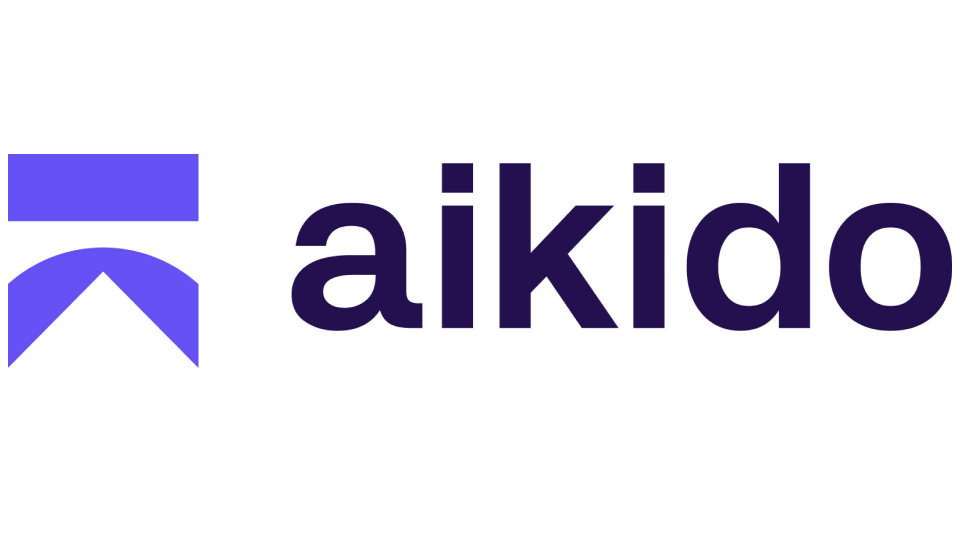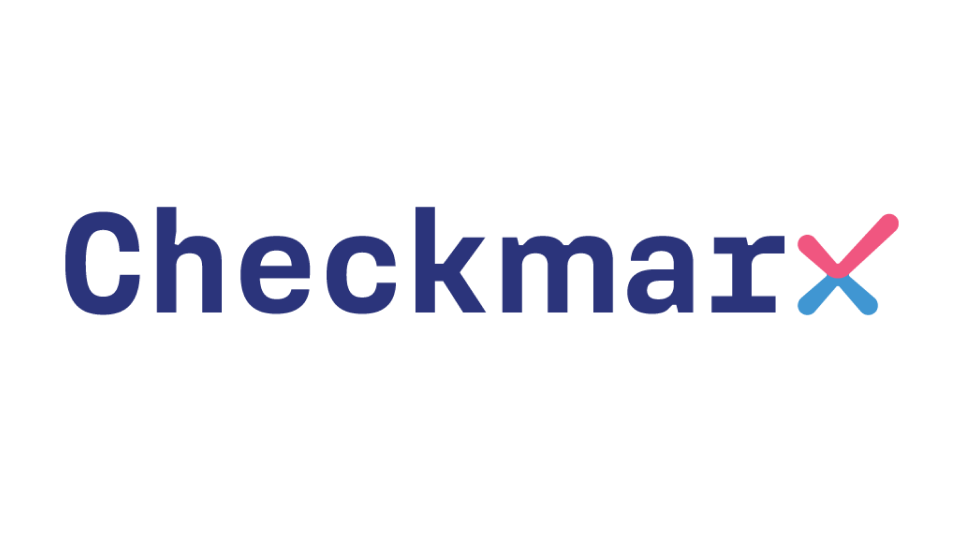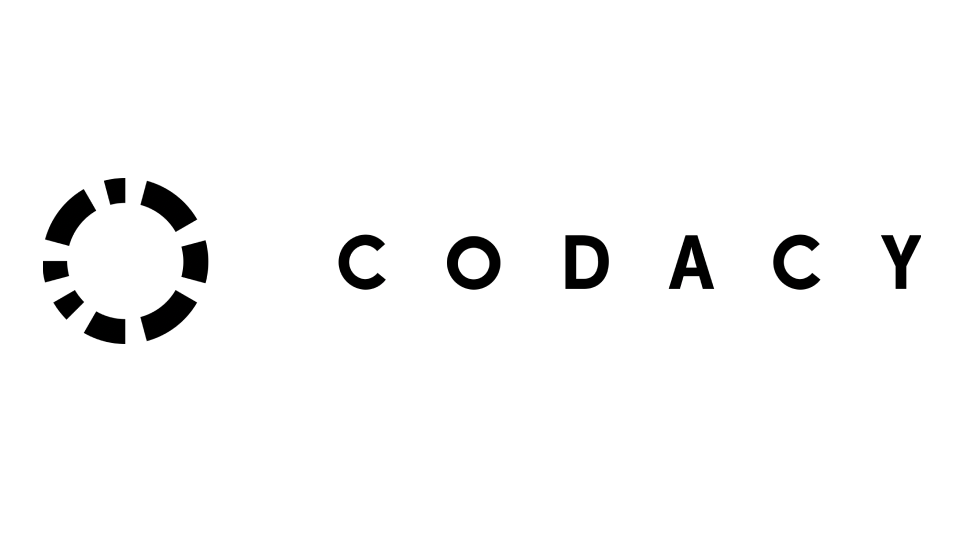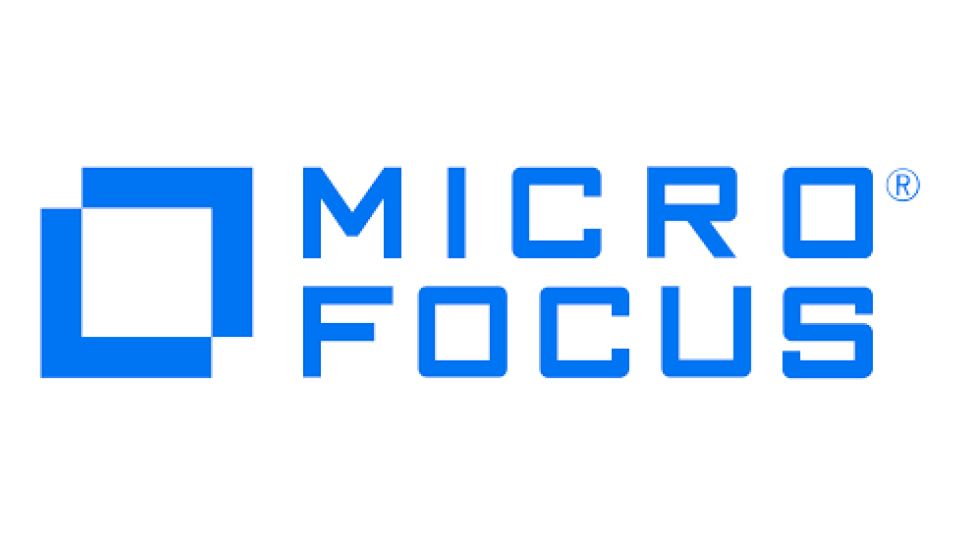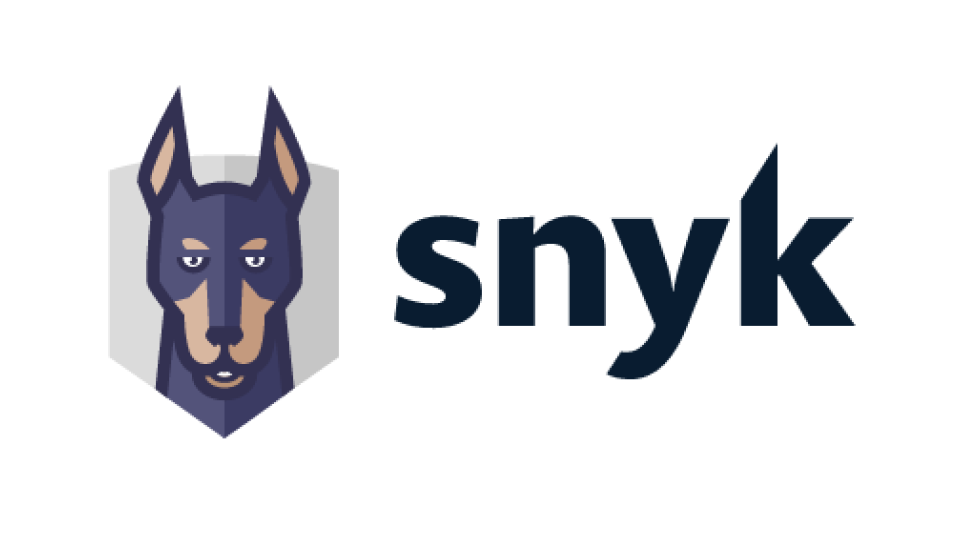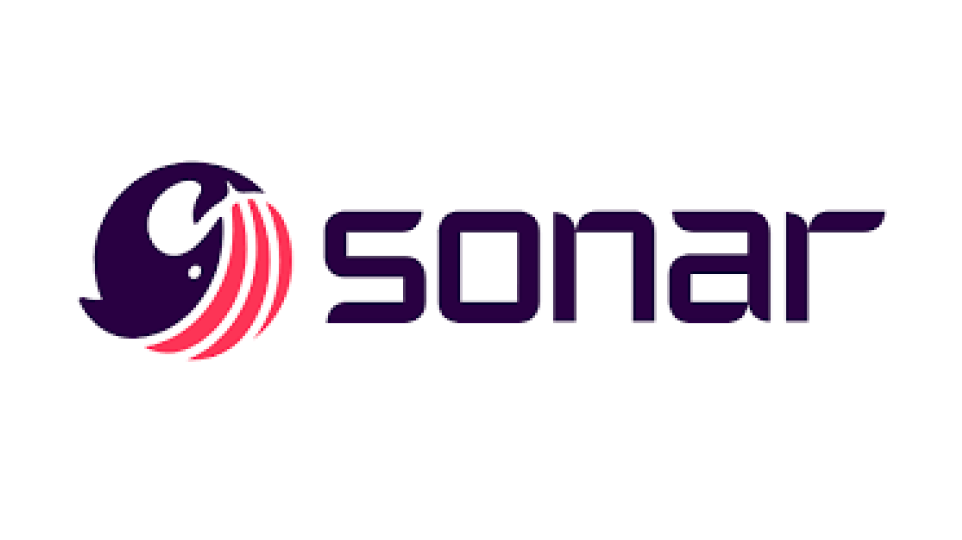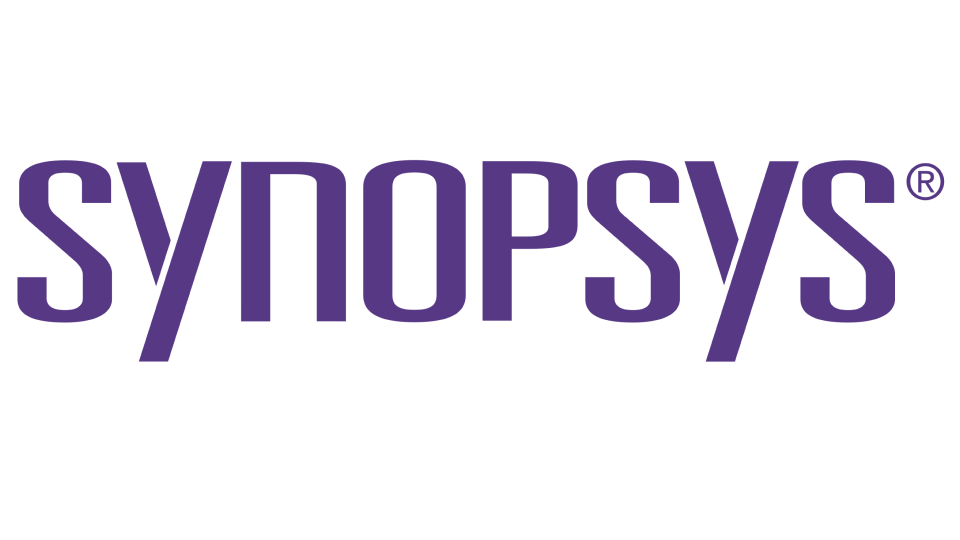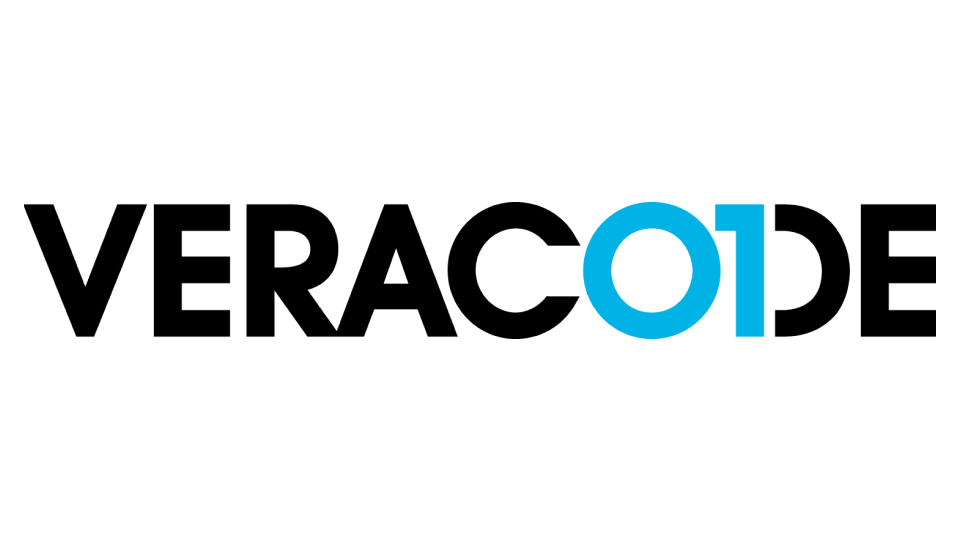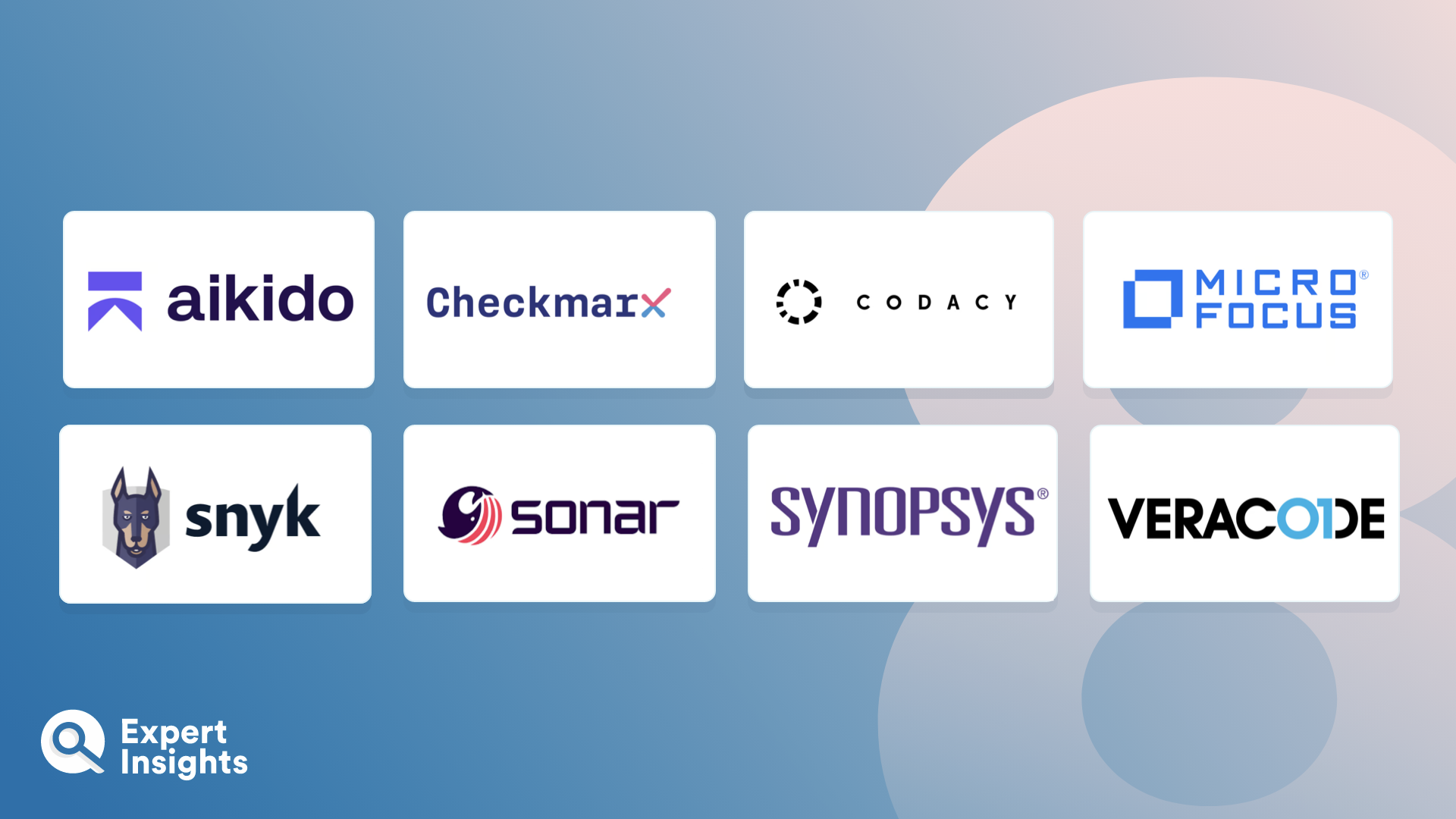Static Code Analysis (SCA) solutions analyze the source code of an application against pre-defined rules and best practices, before the code goes into production. The aim of this process is to detect possible vulnerabilities, coding errors, or any other issues that may impact an application’s performance and security.
SCA tools assess code for readability, maintenance needs, and potential security risks to provide clear metrics and actionable recommendations to improve the code quality. Some SCA tools integrate seamlessly into existing development environments and workflows, while others are standalone applications providing comprehensive reporting and recommendations.
SCA tools are essential for developers to quickly identify errors in code before an application goes live. This helps developers to avoid costly security or compliance breaches. By identifying these issues early in the development lifecycle, developers can ensure that their software is reliable and can be maintained, leading to a smoother user experience and a more robust application. In this guide, we will cover the best static code analysis tools, exploring core features, flexibility, and ease of use, based on our independent market research.



